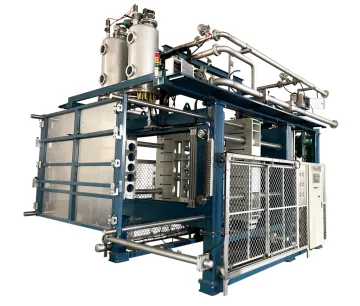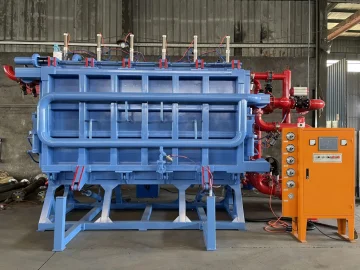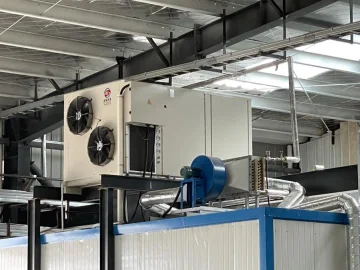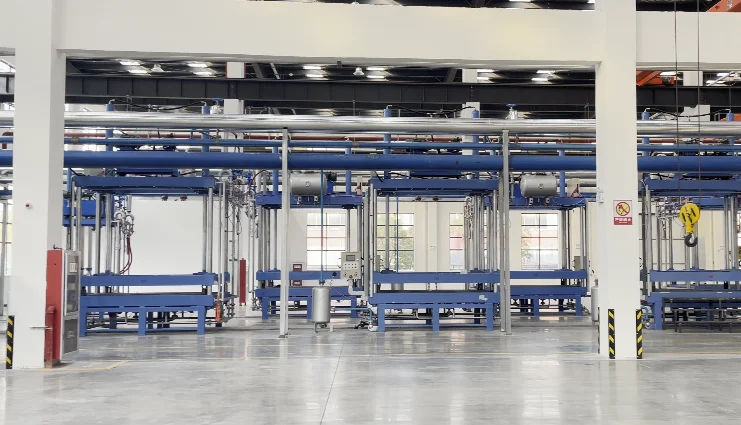Introduction to Lost Foam Casting in Today’s Manufacturing
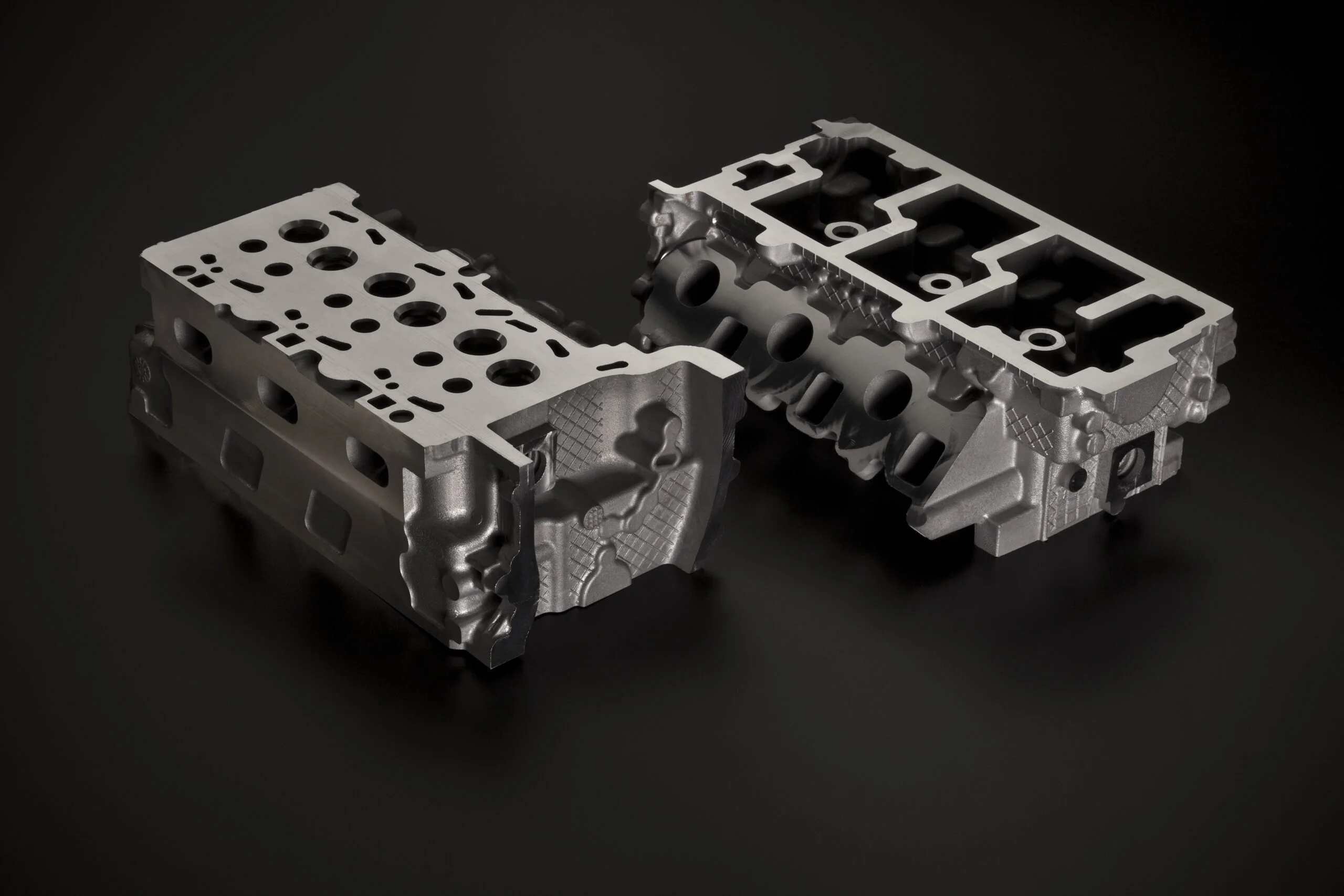
The lost foam casting process has revolutionized modern manufacturing by offering a versatile and efficient method for producing complex components. This technique is particularly significant for the creation of engineered gearboxes, where precision and complexity are paramount. Lost foam casting enables the production of intricate shapes and internal structures that are often required in gearbox designs, making it an invaluable tool in the industry.
Why Lost Foam Casting Counts for Engineered Gearboxes
Engineered gearboxes need top accuracy and trustworthiness. They’re big parts in all kinds of machines and vehicles. Lost Foam Casting stands out because it helps create exact gearbox pieces with little extra cutting. This cuts costs. It also boosts how well gearboxes work and last. Making light but tough parts is a plus too. This helps things like cars and planes run better.
Technical Basics of Lost Foam Casting
Step-by-Step Process: Pre-foaming, Molding, Coating, and Casting
Lost Foam Casting starts with pre-foaming. Polystyrene beads get puffed up into a foam shape that matches the part you want. This shape goes into a sand-filled mold. Then, a heat-proof coating gets brushed on. It smooths the surface and stops flaws when metal pours in. Once the coating dries, hot metal flows into the mold. The foam turns to gas and metal takes its place. You end up with a spot-on metal piece that looks like the foam shape.
Material Compatibility: Alloys That Fit Gearbox Parts
Picking the right stuff is key for top-notch Lost Foam Casting goods. Different alloys work based on what the gearbox parts need. Common picks include aluminum alloys for being light, cast iron for its strength and wear-proof nature, and steel alloys for toughness. These choices make sure the end products hit the tough standards for hard jobs.
Key Equipment: Lost Foam Casting White and Yellow Area Tools
Lost Foam Casting uses special gear split into white and yellow zones. The white zone has tools for making foam shapes, like pre-expanders and molding machines. Yellow area section involves the preparation, application, and drying of refractory coatings on the foam patterns. Essential equipment comprises coating mixers, application devices (such as dipping or spraying systems), and drying ovens or chambers.Both zones need careful upkeep. This keeps every step exact.
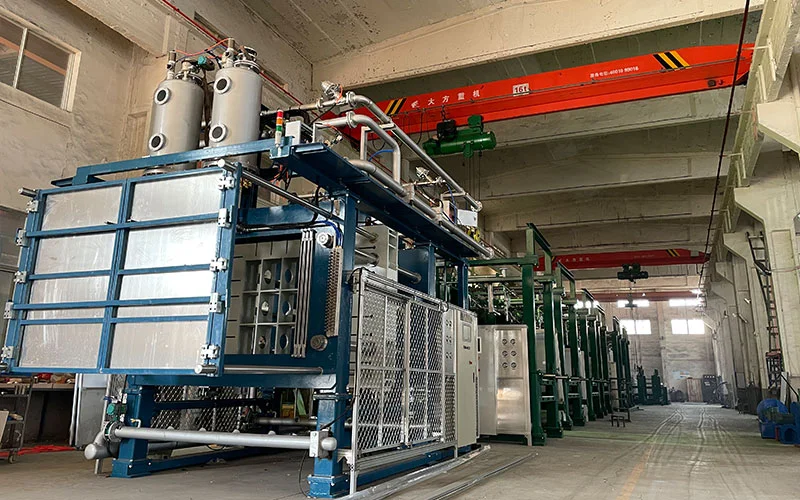
Uses in Engineered Gearbox Making
Crafting Tricky Gearbox Housings with Inside Gaps
Lost Foam Casting is great at building complex gearbox housings. These have detailed inside gaps for gears and other bits. This trick lets engineers design gearboxes that save space but stay strong. Blending these gaps in cuts build time and weak spots. It leads to tougher gearbox setups.
Precision Gears and Shafts: Hitting Tight Limits
Accuracy matters big when making gears and shafts for engineered gearboxes. Lost Foam Casting nails tight limits by copying detailed shapes spot-on. It skips lots of after-casting cutting. This accuracy keeps gear systems running smooth. It cuts noise and wear over time. It lifts efficiency too.
Case Study: High-Power Car Gearboxes
A clear use of Lost Foam Casting shows up in high-power car gearboxes. Here, light but sturdy parts are a must for top vehicle action. Using this method, makers craft detailed gearbox designs. These help cars speed up faster by cutting weight. They still hold strong under tough stuff like fast racing or rough roads.
Through these uses, Lost Foam Casting proves it’s a game-changer for pushing engineered gearbox tech. It brings fresh fixes tailored to today’s making needs in a smart way.
Advantages of Lost Foam Casting Over Old Casting Ways
Better Surface Look and Less After-Casting Cutting
Lost Foam Casting beats old casting tricks, especially with surface look and less need for after-casting cutting. It makes parts with smooth surfaces right from the mold. This skips extra finishing steps. It saves time. It drops costs too. The method’s precision means fewer flaws in the end products. This gives higher-quality gearbox parts that need little tweaking before putting together.
Cost Savings: Skipping Cores and Easing Assembly
A top perk of Lost Foam Casting is saving cash. It skips cores that old methods need to shape inside gaps. This makes the process simpler. It cuts labor and stuff costs tied to core work. Plus, blending tricky shapes into one cast piece makes assembly easier. This adds to cost savings. These wins make Lost Foam Casting a smart pick for gearbox making where cheap production matters.
Sustainability: Cutting Waste and Energy Use
Sustainability weighs more in today’s making world. Lost Foam Casting helps by cutting waste and energy use. It makes less scrap than old ways. It uses near-final-shape casting that matches the end size close. Also, the foam shape burns off when metal pours in. There’s no core to toss out. This drop in waste and energy fits green making habits. It makes Lost Foam Casting a solid choice for eco-friendly firms.
Challenges and Fixes in Gearbox Making
Handling Gas Venting and Coating Flow
Even with its perks, Lost Foam Casting has hurdles to tackle for top gearbox output. Handling gas venting is big. Poor venting can cause flaws like holes or half-filled molds. To fix this, makers need smart venting setups. These let gases slip out easy when metal pours. Coating flow matters too. It stops flaws by letting metal flow and harden right. Tweaking coating mixes can boost flow and lead to clean castings.
Stopping Flaws: Shrinkage, Carbon Pickup, and Metal Flow Control
Stopping flaws like shrinkage, carbon pickup, and wild metal flow is key for trusty gearbox parts via Lost Foam Casting. Shrinkage pops up if cooling’s uneven or metal doesn’t feed the mold enough. To dodge this, tight control of cooling speed and gates helps. Carbon pickup can mess with part traits if foam carbon taints the hot metal. Picking the right foam stuff matters here. Controlling metal flow keeps filling even without mess or cold spots. This needs the right pour speed and heat.
Tuning Settings: Pressure, Heat, and Shaking
Getting the best from Lost Foam Casting means tight control over settings like pressure, heat, and shaking at different steps. Good pressure handling keeps casting density steady. It avoids flaws like air holes or short fills from bad packing or trapped air in molding. Heat control keeps melting even across alloy mixes for gearbox parts. It cuts stress from fast cooling after pouring into sand molds with puffed polystyrene shapes coated in heat-proof stuff made for each job type (like cars vs. planes). Shaking tricks pack sand tight around tricky shapes. This ensures spot-on sizes when hardening finishes. It boosts the final part’s strength for its end use.
Custom Machines by Hangzhou Ouchen Technology Co., LTD
Hangzhou Ouchen Technology Co., Ltd. stands out as a leader in providing customized lost foam casting equipments for lost foam casting applications in engineered gearbox manufacturing.
Ouchen offers a comprehensive range of machines for lost foam casting white and yellow area, including foam molding machines, pre-foaming machines, central vacuum systems, lift-type paint mixers, and both horizontal and vertical molding machines. For inquiries, contact Ouchen at +86 15988479417 or via email at zyh@oc-epc.com.

